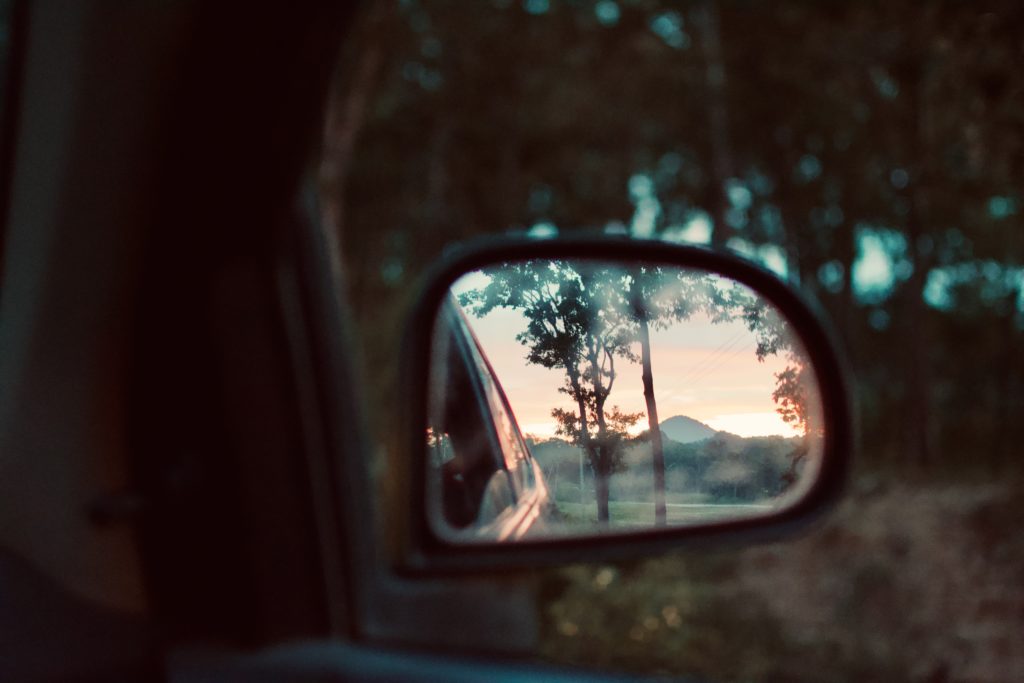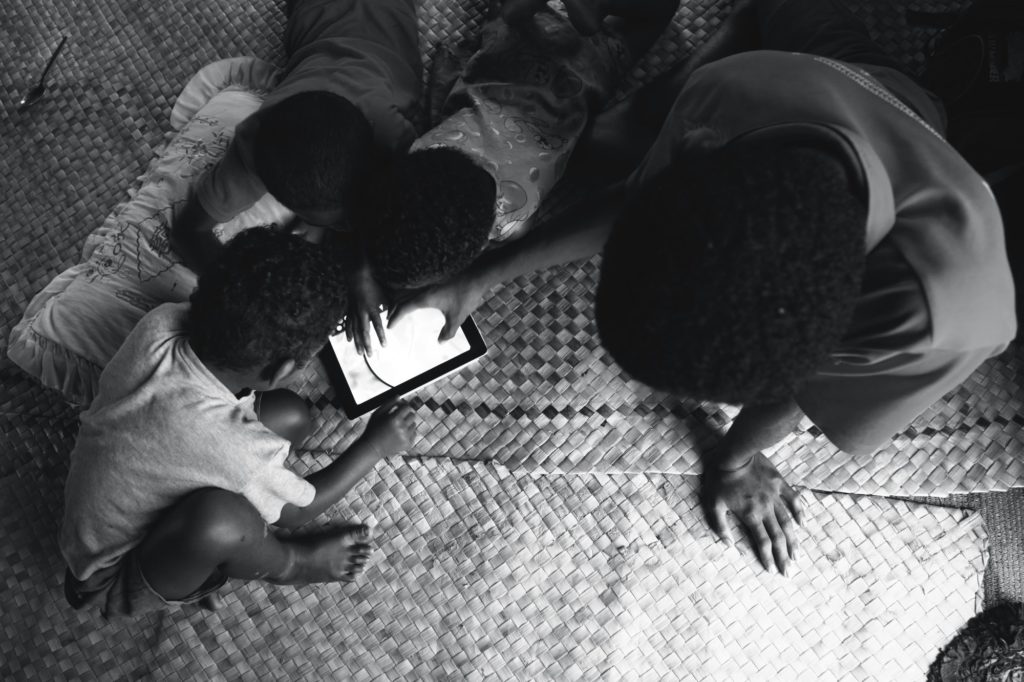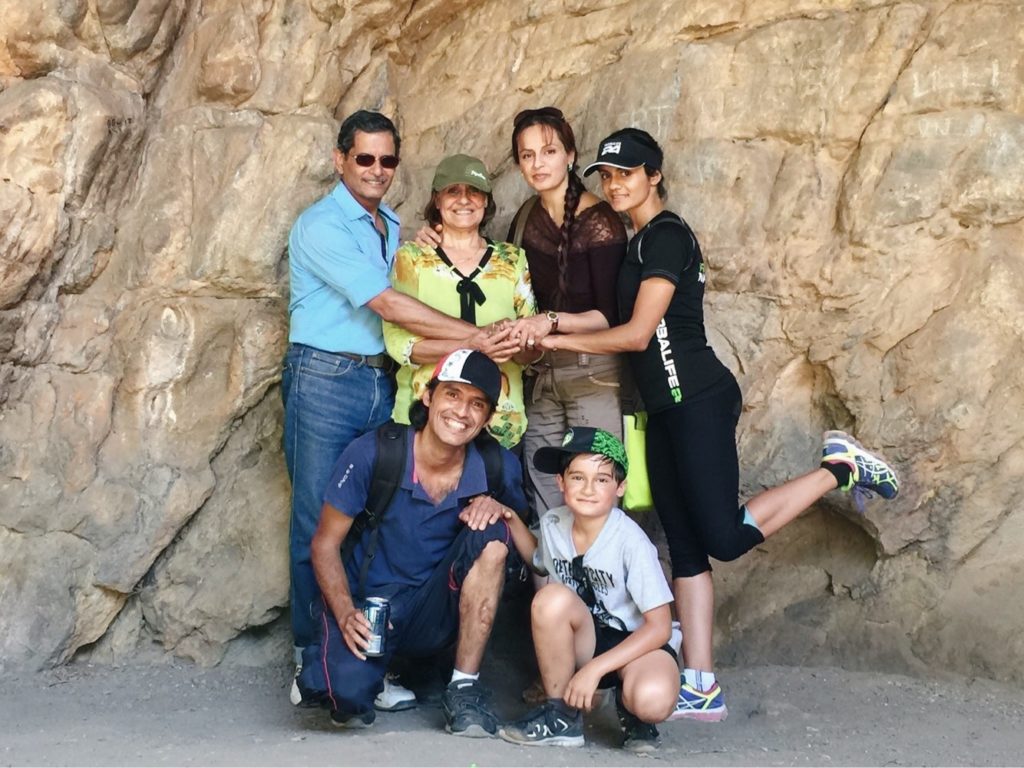One Filmmaker’s Thoughts on Ethical Storytelling
As a storyteller, one expects to be the conduit between subject and audience, not the one affected. However, in the nine years I have worked as a filmmaker and documentarian in the nonprofit world, creating over 45 short films, the people I encountered and the communities I worked with began to have a surprising and profound impact on my approach to telling story. At first, it’s natural to assume that coming to these national and international organizations means shining a light on the problems people face in order to help them. Over time, it became clear to me that, as a storyteller, I wield privilege and power each time I enter a new space, meet a new person, and work to translate their story on film. With that power, comes a responsibility that wasn’t immediately obvious.
While it might seem strange now to work in the nonprofit world and not discuss ethics in storytelling, it was truthfully something people didn’t talk about. After all, we were simply using story to help people. What harm could there be in that? Fortunately, ignorance is not bliss for long, and time and experience began to reveal the many ways in which my approach to storytelling (albeit with good intentions) did in fact put the people I was filming at risk, or failed to give them the dignified platform they truly deserved. It wasn’t an immediate shift but rather a series of “ah-ha” moments and challenging conversations that made me realize the subtle ways I was approaching story incorrectly. For example, most of my work involved using a translator during interviews and filming. For years, I would simply allow one of the nonprofit staff members to translate for me during interviews and simply use their succinct translation in the final film. While this might not seem like an unethical practice, having someone on staff who is concerned with communicating the mission of the organization in a presentable way, made it possible to translate a person’s voice for our agenda rather than maintaining the purity of each word the interviewee said. It wasn’t until I had an interview translated by an outside source for a project that I realized what I thought we had captured was not at all what the interviewee had said. I knew then, in order to honor the voice of the interviewee, I had to make sure we were providing the best possible translation in the field and in the edit.
As a result, I started to gravitate toward viewing myself as a “story-catcher” as opposed to a story-teller. I realized it wasn’t my job to tell people’s stories, but rather to listen to, receive, and release their story in the most dignifying way possible. My goal was no longer to communicate a specific message through story, but to arrive at the story in a way that would make the person who shared it feel proud to see themselves represented on film.
There was a moment where that actually happened—I was filming a single mother, with two young boys in a studio apartment, in Orange County, CA for an American hunger organization. She had a full time job but after rent and other necessities, there was just not enough left over to put food on the table. Rather than focus on what she lacked, I focused on all that she was able to give to her sons, in spite of the challenges she faced. I’ll never forget the day I sent her the film, she said, “I never knew how strong I was until I watched that.” I thought, “That is the reaction I should be aiming for every time I film someone.”
I learned another great lesson from this mother that day. At the time, she and I lived only 10 minutes away from each other. I lived in a poor neighborhood and was struggling to put food on the table as a working artist. I didn’t have other people depending on me, but somehow I saw my own story in her struggle. This made me wonder: What drives story? Is it pity? Is it hardship? Is it sadness? Or am I finding what I see in her that I also understand in myself? What are the things in her that make her human that I, someone in a different circumstance, can totally relate to and understand?
That thought process changed my entire approach to storytelling. I began to look for the universal truths of our human existence — our struggles, our relationships, our hopes — and find ways to tell story through that shared lens. I no longer sought stories with the simple aim of causing pity (“Here, this person is sad, has had a hard life, look how we’ve helped them, and therefore ‘Yay! They’re no longer sad.’”) Instead I sought the things in them that I could relate to and understand. I realized, if I am able to connect to this person, then other people are going to be able to connect to them as well. That shift in my approach changed the values by which I prepare or approach filmmaking and what ultimately led me to be part of the community committed to Ethical Storytelling.
At its core, Ethical Storytelling is simply a framework and a mindset where you allow pure human values to drive the way that you tell story.
We often overcomplicate storytelling or put stories in a box, especially in the nonprofit world, because the places and the circumstances we grew up in can be so vastly different than the places in which we are working. The temptation is to focus our stories on those differences to produce empathy. Sadly, this approach creates a barrier, this chasm between the viewer and the person whose story is being told. If we approach story from the question, “What makes this individual human and what needs do they have that are the same needs we have?” and find ways to capture that story we can attempt to bridge the chasm and create connection and empathy. Visually, circumstantially, we’ll always be divided by what we don’t understand. However, if we understand what it means to be human, to have certain needs, desires, struggles, and if we can find a way to highlight that understanding and camaraderie, we’ll be bridging that gap in a much tighter, long-lasting way than if we try to drive connection with pity.
There are a lot of ways we can break Ethical Storytelling down – What story do you tell? Whose story do you tell? Is telling this story going to affect a person’s life in a positive or a negative way? Through a commitment to integrity and dignity, we begin to ask ourselves as storytellers: Are we telling the story of the nonprofit or are we telling the story of people? Are we finding ways to allow that story to drive what we do or are we trying to drive the story? Ethical Storytelling requires the active involvement of the people we’re filming in the development of their own story, and allowing them to have a voice in how their story is told.
Ethical Storytelling applies whether you’re taking a still photo, writing an essay, or filming. The way that you approach it matters, and how you do it, how you tell it matters.

Heidi Burkey is a documentary director committed to capturing stories that draw audiences beyond life’s closed doors. She recently directed a six-part documentary series called, The Pitch, which aired on AT&T’s The Audience Network in February, 2018. In 2016, Heidi worked as a Producer for Fusion’s Digital Documentary team. During her tenure, she produced a 30 minute Primetime Special that aired on Fusion TV and five documentary short films that collectively garnered over 400K views on Fusion’s YouTube channel and over 4.5M views on Fusion’s Facebook page. During her previous work with the nonprofit, DTJ, she produced, directed and edited over 45 international documentary shorts advocating for social change on behalf of children. In 2015, Heidi’s debut feature documentary, Jedi Junior High, was distributed on Digital HD and On Demand by Mar Vista Entertainment and is currently available for streaming on Netflix.




